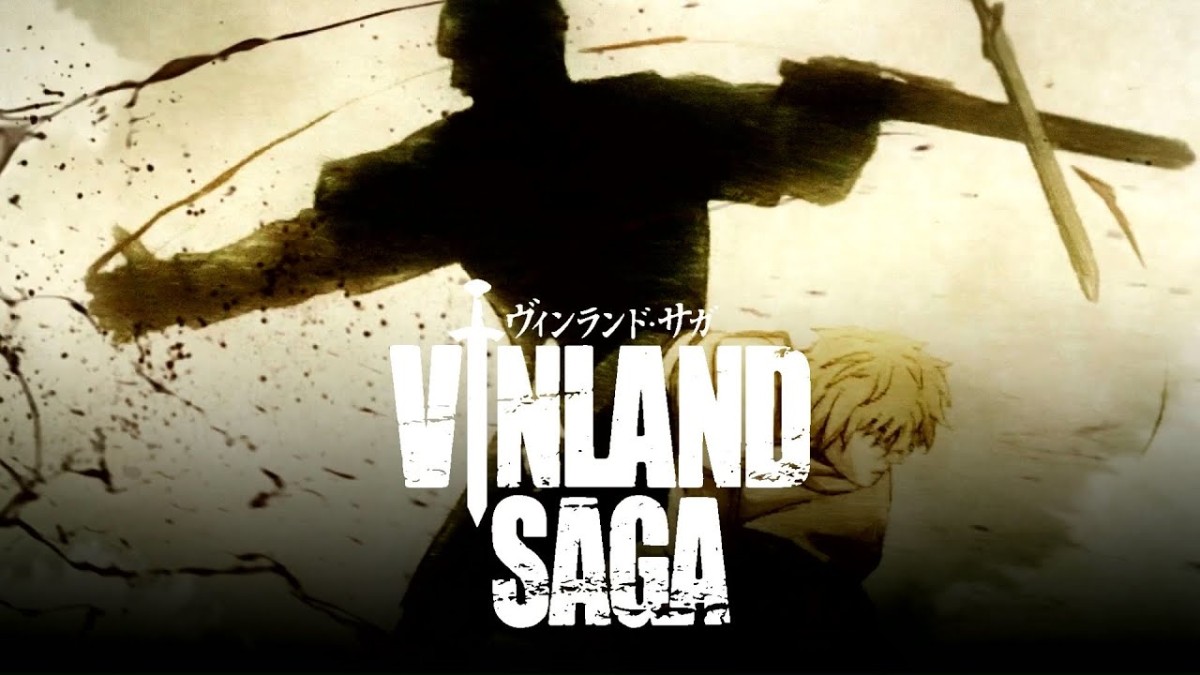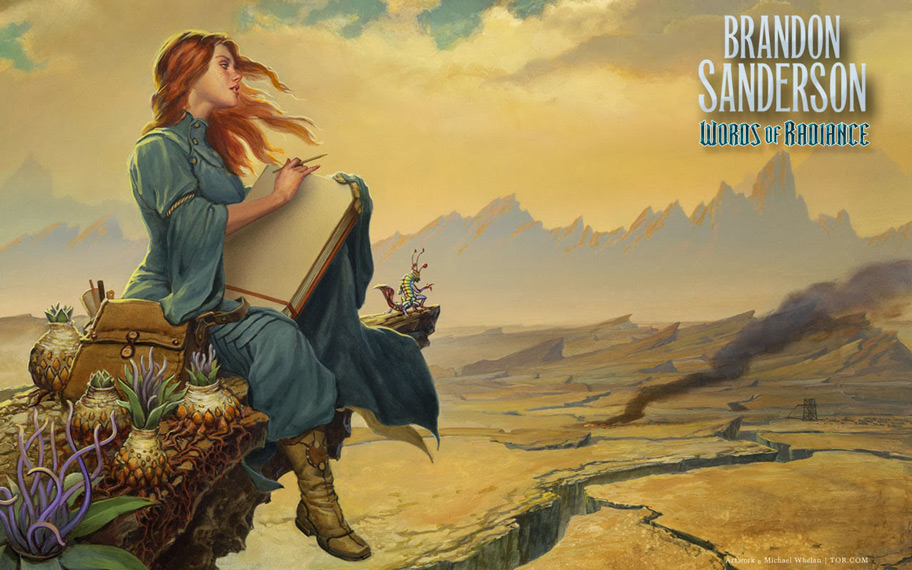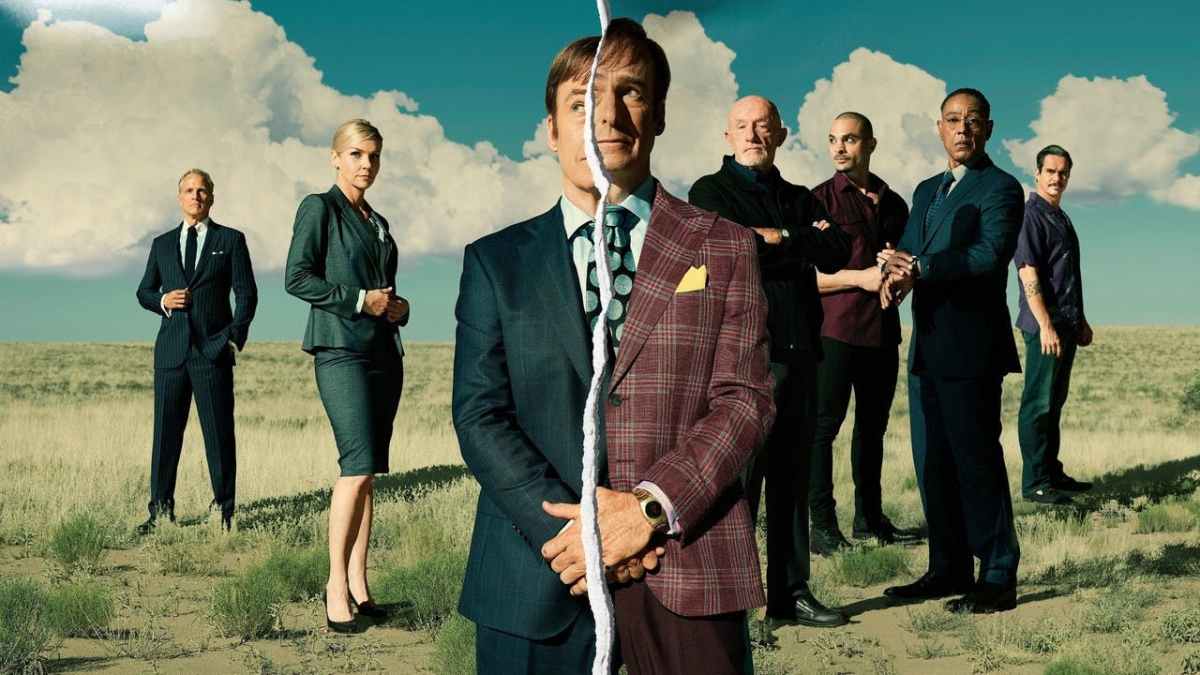This is part 3 of my persona series. You can find parts 1 and 2 here.
None of us can dialogue with others until we can calmly and confidently hold our own identity.
Richard Rohr, Falling Upward
Prologue and the past. Monologue and the present. Dialogue and the future. These three attributes combine to form the sum of the persona as best as we can narrate it through the totality of logue. So far, we’ve examined the individual persona as it relates to past and present, both of which are catalogued to the individual by way of memory and thought.
While it is true that other persons and their own personas were involved at one point in time, a person’s memory internalizes events which in turn segregates them from the swirling future. An easy example of this would be having a conversation with a friend, who tells you details that you might or might not remember. Nonetheless, your memory forms a cohesive fragment of that conversation that is personalized, even if it is not entirely accurate.
As previously stated, the words that we speak in dialogue are the future transpiring before us. The word “dialogue” is typically associated with the written word found in a play or novel, which is often found to be written in the past or present tense. However, the verbiage associated with human conversation found in such writing is mostly timeless due to the perpetual sliding from the present into the future. A character verbally discussing their planned activities (“I will”) is done in a future-oriented fashion, even if it is in a past tense perspective (“she said confidently to Jane”).
Life is much more spacious now, the boundaries of the container having been enlarged by the constant addition of new experiences and relationships. … Such ‘hereness,’ however, has its own heft, authority, and influence. Just watch true elders sitting in any circle of conversation; they are often defining the center, depth, and circumference of the dialogue just by being there! Most participants do not even know it is happening.
Richard Rohr, Falling Upward
So how does future-oriented dialogue with multiple persons apply precisely to personas? Nothing is parallel in the existence of a persona, as the human superstructure is always bouncing off everything it encounters and changing accordingly. Through dialogue, a perpendicularity exists that is the fundamental nature of the human conversation. We talk and we talk and we talk some more, iterating our personas every step of the way as we collide. In the above quote, Richard Rohr highlights the progression of the mature persona as it relates to others in subtle ways. Conversations have depth beyond understanding, shaping the greater combined persona space around them like a collapsed celestial star.
In contrast, our internal monologues are always dimensionally singular in nature, but the duality of dialogue brings forth foil and discord. Even the most fully fleshed out expectations in our heads will be contradicted by the realities of dialogue. While unity and harmony might ultimately be achieved through conversation, it takes a lot of dialogue to get there!
‘Everyone is a slave to something.’
Vinland Saga
The manga turned television show Vinland Saga is a great example of this, featuring an epic season-long prologue centered around the notion of living in revenge during England’s middle ages. The two main protagonists are in a constant diametrically opposed dialogue throughout twenty-plus episodes, their sustained war of words sometimes laced with dueling violence. A bloody future is cut every step of the way, taking a toll on all characters involved.
‘We lost ourselves. Lost our dream. In the pursuit of great, we failed to do good.’
Arcane
Like Vinland Saga, the show Arcane is rooted heavily in duality. Set in a fantastical and magically-oriented industrial revolution, the story features a city on the brink of schism and war. Arcane’s dualistic narrative manifests itself in taught speech, multi-layered foreshadowing, and a barrage of subtle metaphors. Not a single scene is wasted as the future marches ahead, dragging everyone’s evolving personas along with it through conversation.
Unlike Vinland Saga, Arcane chooses to keep the two primary protagonists separated for most of the season in both distance and dialogue. The lead protagonists’ stories are being told in fundamental opposition to one another, juxtaposed for maximum effect. Only a lattice of events and other characters connect the two, but their personas still bounce off one another and evolve due to cascading actions. By the end of the first season, a collision between the two occurs that unifies the logue but continues to exacerbate the duality between the ruling haves and those who have not.
As you can tell, personas are woefully hard to capture due to their multi-dimensionality! The human infrastructure (mind, body, and spirit) is constantly evolving, forcing the persona superstructure to constantly adapt and iterate with it. Every day we are a new person, as is everyone around us. The shadows of self are constantly changing, making the snapshot capture only momentarily correct in its understanding. For a writer time in relation to the character almost has no meaning, as it can often fail to delineate the nature of the persona. Only through continued attempts at observation can a cohesive narrative be constructed that does the presented human character justice!



